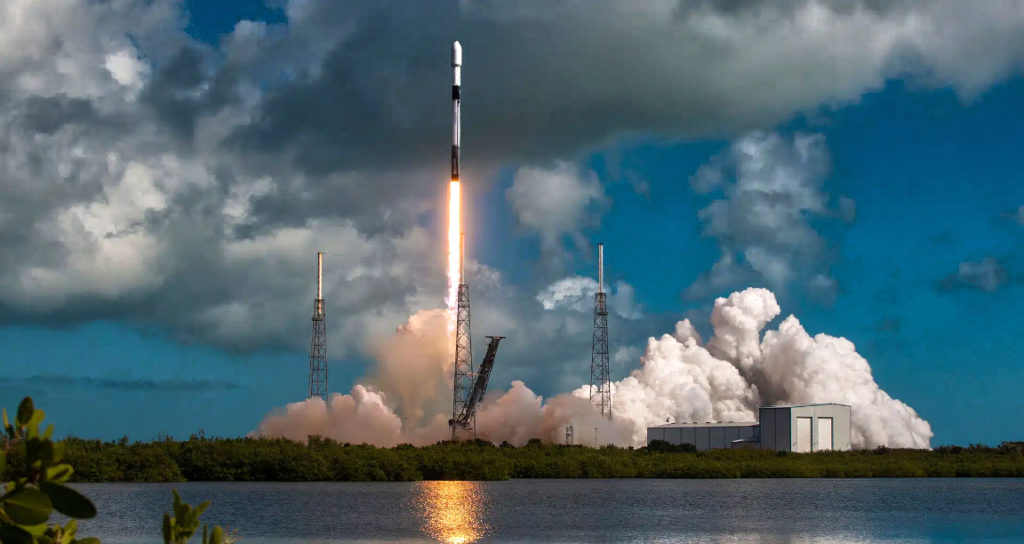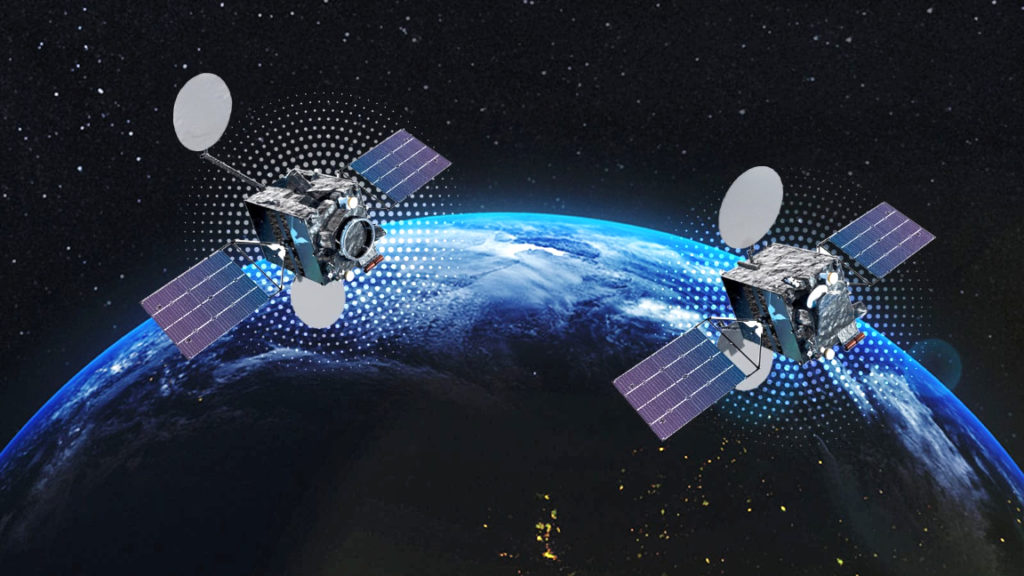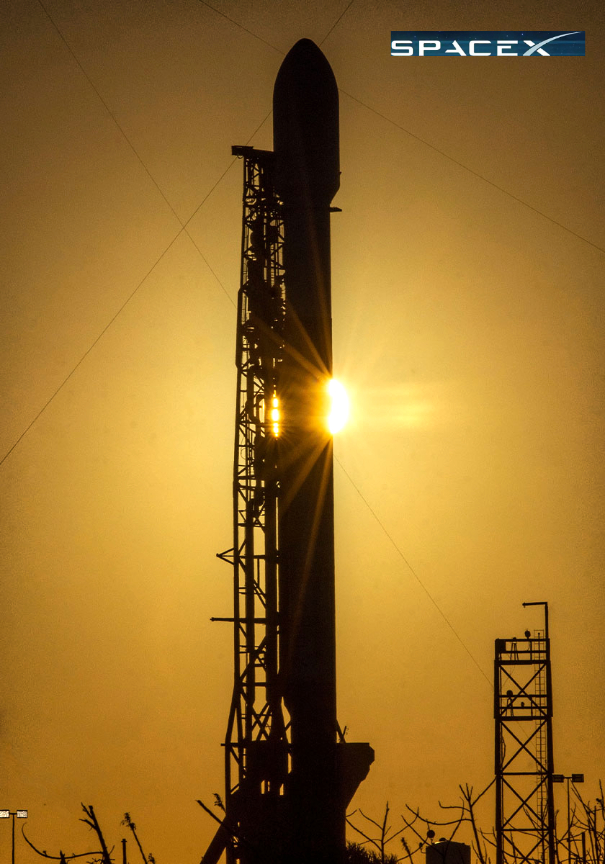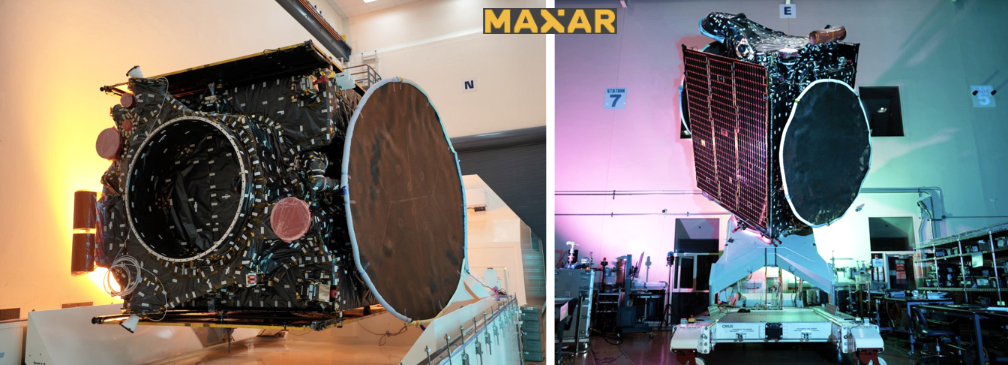
On Saturday, November 12, at 11:06 a.m., ET, a SpaceX Falcon 9 launched the Intelsat G-31/G-32 mission to a geosynchronous transfer orbit from Space Launch Complex 40 (SLC-40) at Cape Canaveral Space Force Station in Florida.

This was the 14th launch of this booster, which previously supported Dragon’s first crew demonstration mission, the RADARSAT Constellation Mission, SXM-7, and 10 Starlink missions.
“Today’s successful launch is part of our Galaxy fleet refresh plan and is a clear demonstration of Intelsat’s commitment to our media customers,” said Intelsat CEO, Dave Wajsgras. “The Galaxy fleet is the most reliable and efficient media content distribution system in North America, and our customers can continue to count on it for years to come.”
Galaxy 31 separated from the vehicle at 11:46 a.m., EST, and Intelsat confirmed signal acquisition at 11:59 a.m., EST. Galaxy 32 separated from the vehicle at 11:41 a.m., EST, and Intelsat confirmed its signal acquisition at 11:50 a.m., EST.
Galaxy 31 will replace Galaxy 23 at 121 degrees west and will initiate service in early 2023. The satellite will provide distribution services to cable headends throughout the United States.
Galaxy 32 will replace the C-band payload of Galaxy 17 at 91 degrees west in early 2023. This satellite will provide service continuity for Intelsat’s media customers, with high-performance distribution to viewers in North America.
This launch continues Intelsat’s Galaxy fleet refresh plan that started with Galaxy 30 in 2020 and carries the second set of a total of seven new Intelsat satellites launching during the next six months.
Original news item…

SpaceX is targeting Saturday, November 12, for launch of the Intelsat G-31/G-32 mission to a geosynchronous transfer orbit from Space Launch Complex 40 (SLC-40) at Cape Canaveral Space Force Station in Florida.

The 120-minute launch window opens at 11:06 a.m. ET (16:06 UTC). A backup launch opportunity is available on Sunday, November 13, with the same window.
The Falcon 9 first stage booster supporting this mission previously launched Dragon’s first crew demonstration mission, the RADARSAT Constellation Mission, SXM-7, and 10 Starlink missions.
Watch the live launch webcast starting about 15 minutes before liftoff at this direct link…
